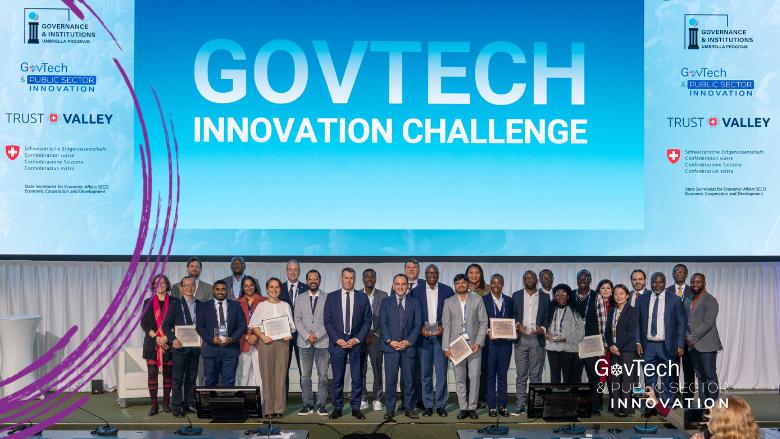The Internet and instant access to information have transformed how products and services are secured. Technology is radically transforming the banking, retail, and even agriculture sectors.
In the mid-1990s, Canadian financial expert Don Tapscott wrote “The Digital Economy,” a book in which he warned of how the Internet and digital information could change the future of business. Time has proven him right: technology today has revolutionized not only how businesses conduct business, but also how personal finance works.
The term “digital economy” refers to the use of information technology to create, customize, market, or consume goods and services. Digital innovations include digital banking, e-commerce, virtual education, smartphone apps, and collaboration platforms.
Three Facets of the Digital Economy
More people are using smartphones, tablets, smartwatches and wristbands, and other portable internet devices to connect to a global environment, anytime, anywhere. Millions around the world can participate in the digital economy to buy or sell goods and services.
According to American economist and statistician Thomas Meisenberg in his 2001 research paper, three elements distinguish the digital economy from the traditional economy:
Infrastructure: Companies possess software, hardware, and other technological resources, as well as specialized human resources.
E-commerce: Computer applications, electronic tools, and digital platforms help carry out business operations.
E-commerce: A popular concept, it refers to the sale of goods and services over the internet.
Advantages of the Digital Economy
The digital economy is expected to gain greater importance in the future, with the development of the Internet of Things, artificial intelligence, virtual reality, blockchain, self-driving cars, and other technologies. Its advantages include:
Information: Consumers receive more information—not only from manufacturers and companies, but also from other consumers in forums and reviews—to make decisions about goods and services.
Proximity: Direct customer service channels enable customers to resolve their inquiries and problems with manufacturers or service providers more quickly.
Global Presence: With goods and services available to consumers anytime, anywhere, companies can enter more markets.
Security. Digital technology, like strong authentication for electronic payments, adds greater security to transactions. The digital economy is transforming long-established production sectors. Agriculture is already benefiting from technological innovations. Mobile applications connect crops to farmers, providing them with real-time updates on quality, soil, and irrigation, empowering them to make management decisions.











